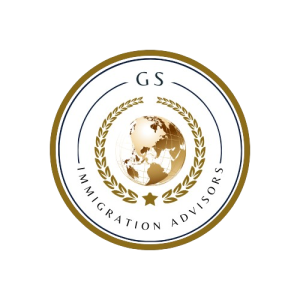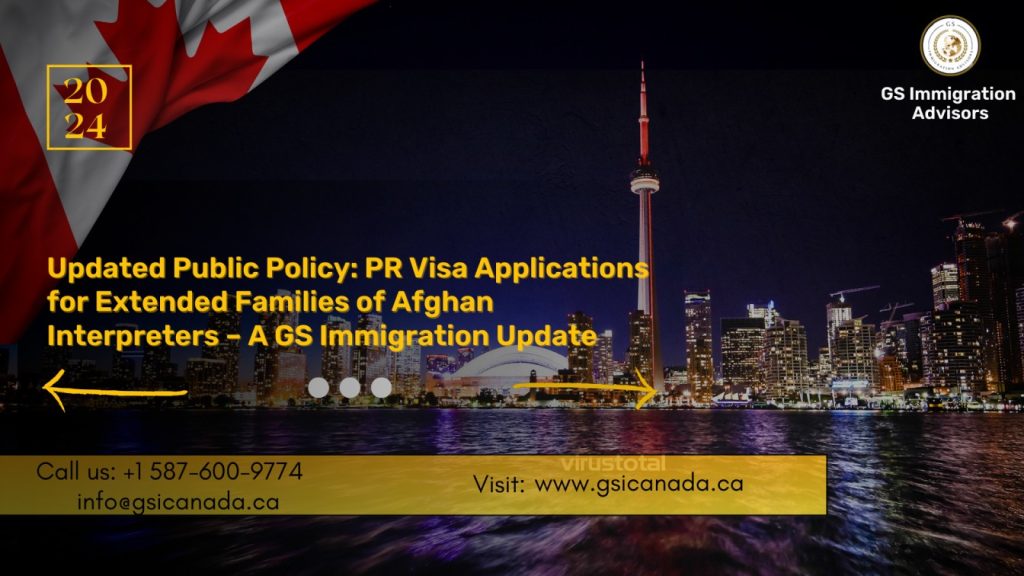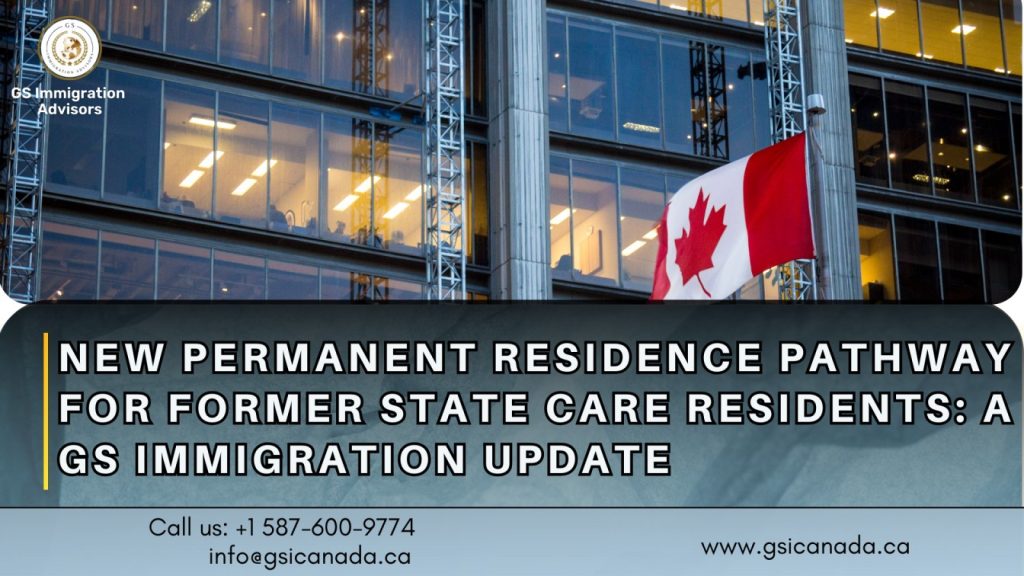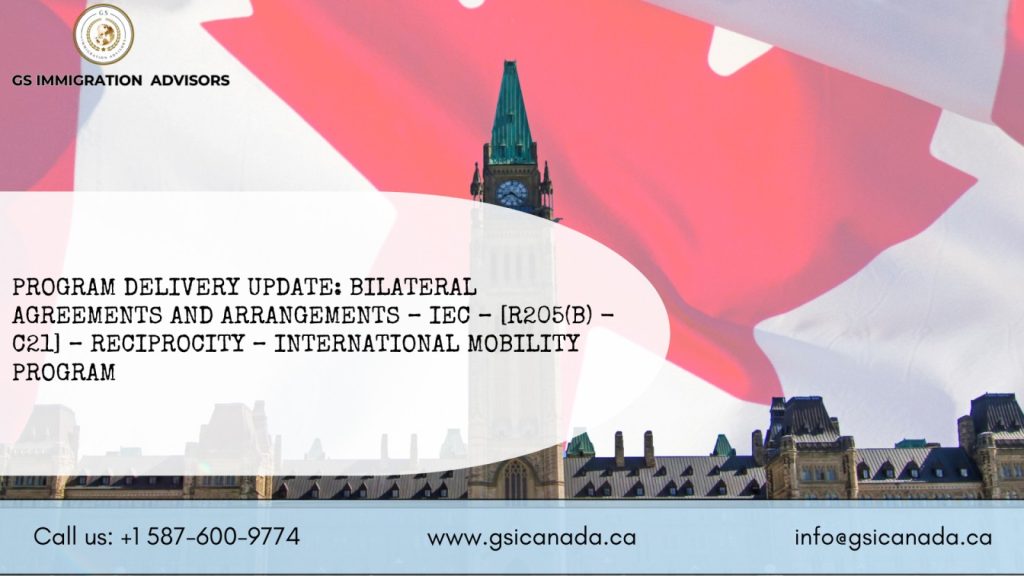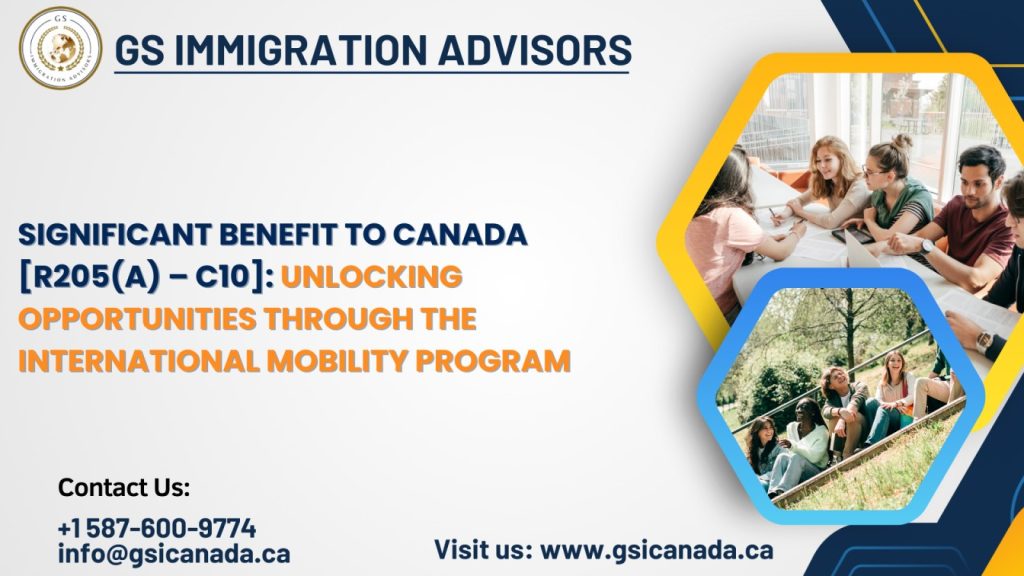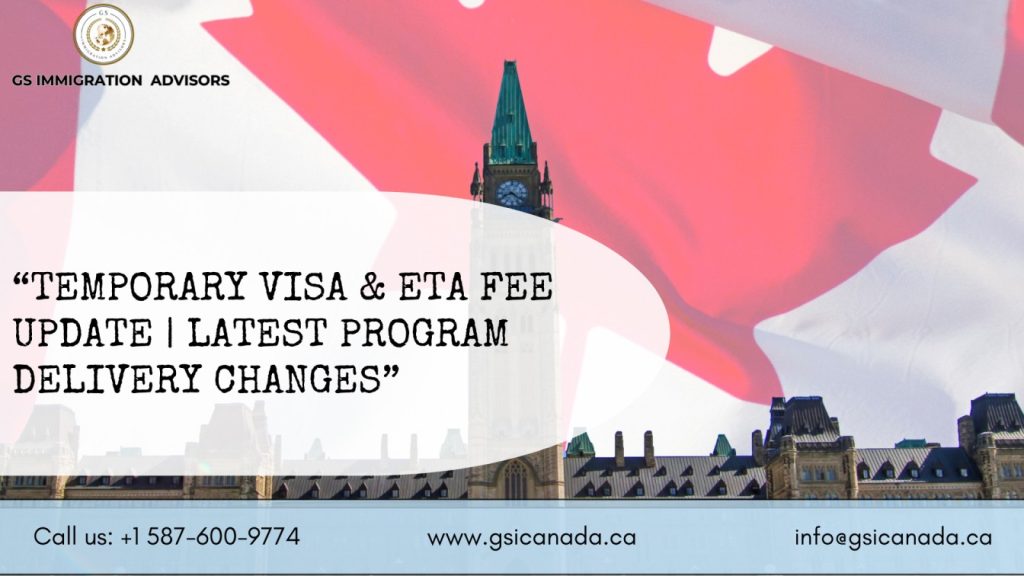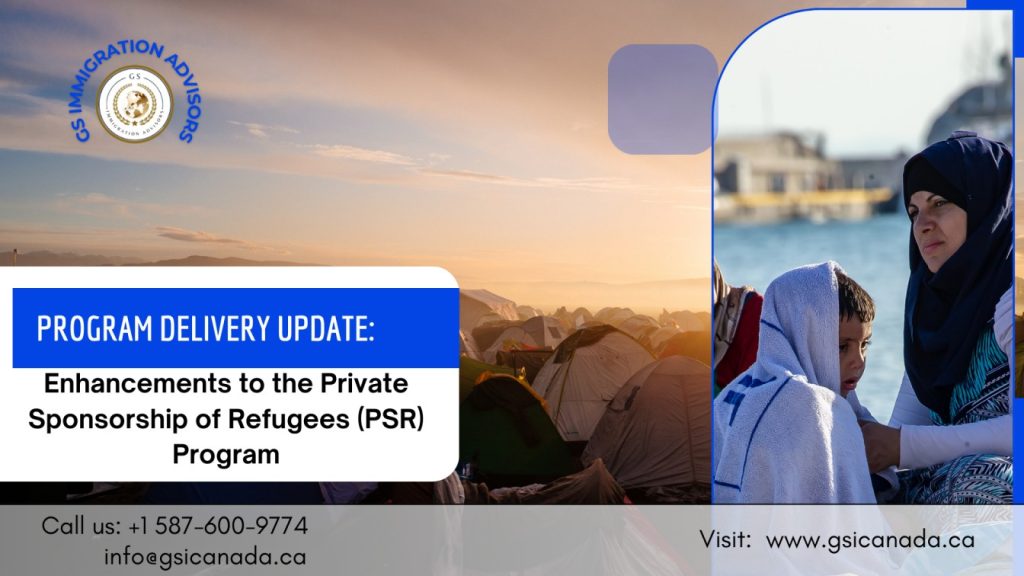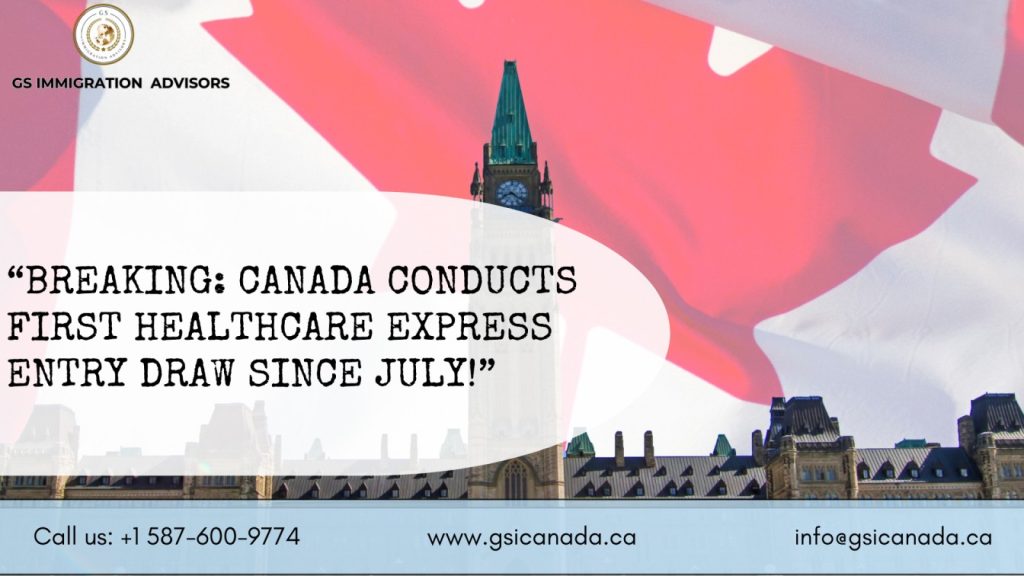Breaking Update: LMIA-Based Job Offer Points Removed from Express Entry CRS – GS Immigration Advisors Insights
A Game-Changing Move for Express Entry Applicants In a significant update, Immigration, Refugees and Citizenship Canada (IRCC) has announced the removal of LMIA-based job offer points from the Comprehensive Ranking System (CRS) used in the Express Entry Program. This shift redefines how candidates are assessed and prioritizes other key factors like skills, education, and language proficiency. At GS Immigration Advisors, we understand the impact this change can have on your immigration journey and are here to guide you through it with personalized expertise. Discover if You Are Eligible for Canadian Immigration Key Details of the Change Builder of the Initiative: Announced by IRCC as part of ongoing improvements to streamline the immigration system. Effective Date: The new policy will be implemented shortly, with specific timelines to be confirmed by IRCC. Program Size: This update affects thousands of Express Entry applicants annually, reshaping the selection pool for Permanent Residency. Benefits of Removing LMIA-Based Points This policy change comes with several benefits, ensuring a more balanced and fair system for applicants worldwide. Advantages for Applicants: Level Playing Field: Candidates without LMIA-based job offers now have an equal chance to compete for PR. Merit-Based Selection: Greater emphasis on human capital factors such as education, skills, and work experience. Accessibility: Simplifies the process by reducing dependency on employer-specific job offers. Faster Integration: Encourages skilled workers to explore diverse employment opportunities upon arrival. Comparison to the Previous System: Aspect Before Change After Change LMIA Job Offer Points Up to 200 CRS points added for LMIA-based jobs Points no longer included in CRS calculation Selection Criteria High reliance on employer endorsements Greater focus on skills and adaptability Opportunity Spread Limited to LMIA-supported candidates Broader opportunities for skilled workers Location Insights: Where to Maximize Opportunities This change opens doors to broader job prospects across various provinces. Here’s a breakdown of regions where skilled workers can thrive: Province Opportunities Ontario Strong demand in IT, healthcare, and education sectors. British Columbia High growth in tech, renewable energy, and construction industries. Alberta Opportunities in oil and gas, agriculture, and emerging tech. Quebec Unique culture and high demand in engineering, IT, and healthcare. Manitoba Growing industries in manufacturing, transportation, and agri-food sectors. How GS Immigration Advisors Can Help Navigating changes in the immigration system can be complex, but GS Immigration Advisors is here to simplify the process and maximize your chances of success. Our Expertise Includes: Personalized CRS Evaluations: Assess your profile based on the updated system to optimize your CRS score. Strategic Planning: Offer tailored advice to enhance your eligibility under the Express Entry program. Comprehensive Support: Assist with documentation, submission, and post-application queries. Why Choose GS Immigration Advisors? Proven track record in helping skilled workers achieve Permanent Residency. Expertise in adapting to policy changes for a seamless application experience. Dedicated support for individuals and families seeking to settle in thriving communities. Final Thoughts: A New Era for Express Entry Applicants The removal of LMIA-based job offer points marks a shift toward a more inclusive and skill-focused immigration system. At GS Immigration Advisors, we’re committed to helping you navigate these changes and achieve your immigration goals. Take advantage of this opportunity to re-evaluate your CRS score and strengthen your pathway to Permanent Residency. Contact GS Immigration Advisors today, and let’s build your future together! Discover if You Are Eligible for Canadian Immigration
